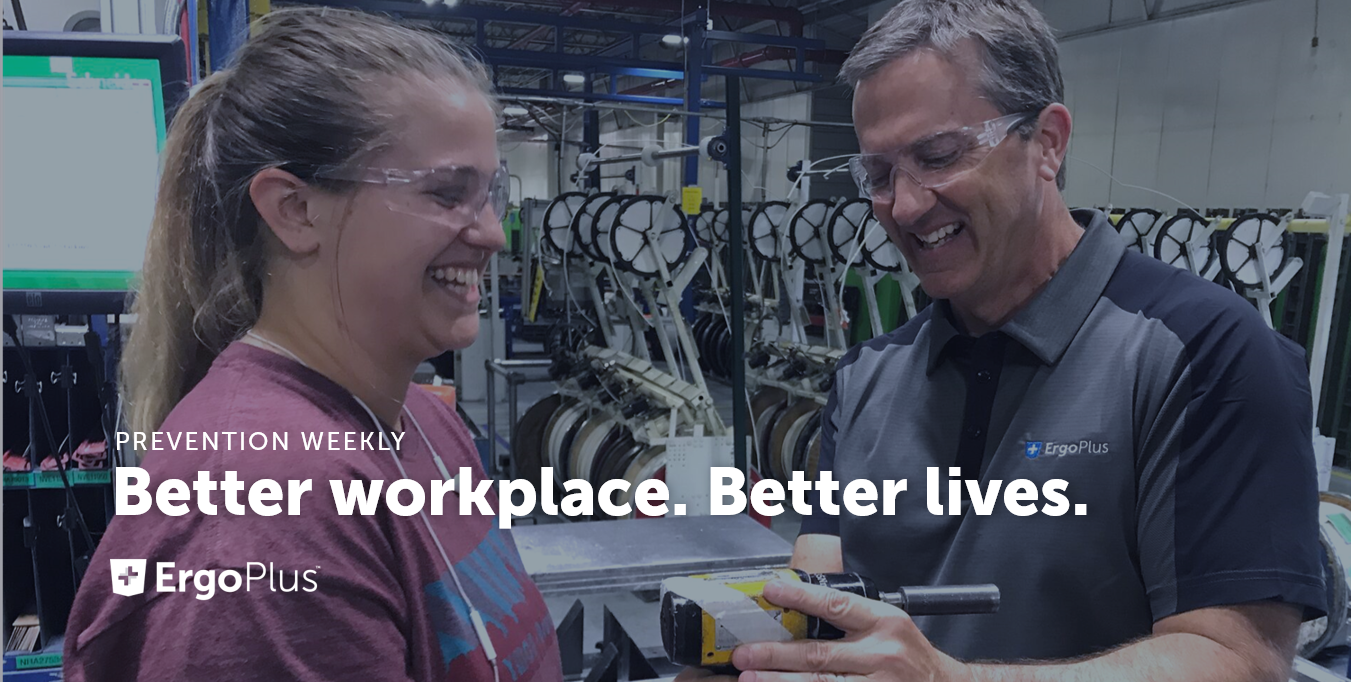Prevention Weekly delivers the best ergonomics, workplace athlete health, and safety leadership news right to your inbox every week.
Featured Article
70% of Workers Are Tired on the Job
“We’ve been looking at the impact of fatigue in the workplace for a long time, but it is troubling to see just how affected our safety-sensitive industries are,” Emily Whitcomb, senior program manager of the fatigue initiative at NSC, said in a Sept. 25 press release. “When you’re tired, you can be deadly, and these industries are already at higher risk because of their safety-sensitive jobs. We urge employers to address fatigue risk in their workplace so all employees can be healthy and safe.”
70% of Workers Are Tired on the Job
Ergonomics
Take it Easy – Your Body will Thank You
Overexertion causes 35% of all work-related injuries and is, by far, the largest contributor to workers’ compensation costs – more than $15 billion, or 25% of the total cost in 2012, according to Injury Facts 2016®. It also is the #1 reason for lost work days. More than 322,00 people missed work that year due to overexertion.
Take it Easy – Your Body will Thank You
Creating Safer Workplaces for Young People
A summer job is an exciting time for a young person. From earning money to taking on Young barista at a coffee shop more responsibilities and learning new skills – it is an invaluable experience. That experience, however, carries an increased risk of being injured. Workers age 15 to 19 suffer nearly twice the rate of workplace injuries as workers over age 24. In addition, workers between the age 15 and 25 experience a workplace injury every nine minutes and a workplace fatality at a rate of once per day.
Creating Safer Workplaces for Young People
Workplace Athlete Health
A New Framework for Worker Well-Being
This article describes the National Institute for Occupational Safety and Health’s (NIOSH) development of a conceptual framework for worker well-being. While well-being research is growing, there is a need to translate theoretical concepts into practical models for measurement and action.
Expanding the Paradigm of Occupational Safety and Health: A New Framework for Worker Well-Being
The Industrial Athlete: How to Prevent Ergonomic Injury
“Current research suggests that decreased core strength may contribute to injuries of the back and extremities, that training may decrease musculoskeletal damage, and that core stability can be tested using functional movement methods. Furthermore, improvements in core or static strength, flexibility and the three dimensions of movement: acceleration; deceleration; and dynamic stabilization (the ability to maintain a stable posture while moving) have been proposed as additional injury prevention possibility.These findings suggest that core strength and functional movement enhancement programs to prevent injuries in workers whose work involves awkward positions is warranted.”
The Industrial Athlete: How to Prevent Ergonomic Injury
Safety Leadership
Influence Your Workforce by Making a Connection First
Safety leaders and managers use a wide variety of attempted styles of leadership and direction, but very few start with making the connection. After enough time and exposure, the connection may make itself, but I find most safety folks don’t make connecting their first priority. Few people in safety are bashful and most think of themselves as a “people person.” This makes them comfortable talking to strangers and often hides the fact they have not really connected before trying to influence their workforce.
